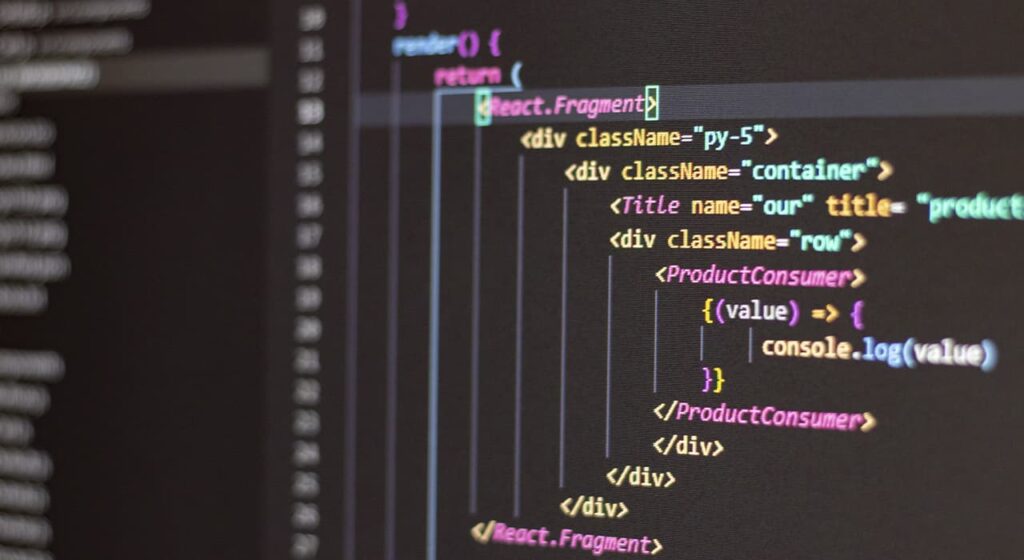JavaScript libraries are collections of prewritten snippets of code that web developers can reuse to perform standard JavaScript functions. The JavaScript library code is plugged into the rest of the project code as needed. If you think of JavaScript application code as a house, JavaScript libraries are like ready-made furniture that developers can use to improve its functionality.
Here are some examples of how to use JavaScript libraries.
Data Visualization
Data visualization is critical for users to view statistics, such as in the admin dashboard, dashboard, and performance metrics.
Libraries such as Chart.js, ApexCharts, and Algolia Places have built-in features that can be used to create web applications that display data as graphs and maps.
Manipulating the DOM
You can use libraries such as jQuery and Umbrella JS to simplify Web site development because they provide code for standard site functions such as menu animations, image galleries, buttons, lightboxes, and more.
Forms
All Web development uses forms, which site visitors can use to contact someone, order a product, or register for events. Some JavaScript libraries, such as wForms, LiveValidation, Validanguage and qForms, simplify form functions, including form validation, layout, conditions and conversion.
Math and text functions
Many web applications need to solve mathematical equations and handle dates, times, and text. Instead of sending all such queries to the server, it’s more efficient to handle some of them on the client side. Web developers do this with JavaScript libraries such as Date.js, Sylvester, and the JavaScript URL Library.
